Michigan Tech's thought leaders glimpse into the University's future. Jason Carter, chair of the Department of Kinesiology and Integrative Physiology (KIP), reflects on where research and education in the health sciences is heading over the next decade.
Q. What technology being developed today will change the game for education and research in kinesiology and integrative physiology 10 years from now?
A. We're in the age of wearable technologies, which is very exciting for departments like ours. We’re able to monitor, in real-time, so many variables connected to healthy living—physical activity levels, heart rates, subjective scales of stress, and sleep. These subjective and objective measures of health are currently focused on the individual, but I see them becoming much more integrated with living environments and space. Things like black mold in the home, walking paths at high risk for slip-and-fall, and other factors that can dramatically impact health will be monitored and integrated with other biometrics.
Q. What research being conducted in your department today will shape the world 10 years from now?
A. Our laboratories are connected by the fact that we seek innovative solutions to health and wellness. Some of these are preventative, such as the amount and quality of sleep required for physical and mental health, and strategies for those that suffer from various sleep disorders. Others are rehabilitative, such as the use of eccentric exercise modalities that allow cancer patients to exercise while they are undergoing or recovering from chemotherapy or other treatments. Finally, some research is exploring new brain mechanisms that may play a key role in the epidemics of obesity, diabetes and hypertension.

Q. What might the problems, spaces and teaching techniques of the 2027-28 academic year look like?
A. Our department has embraced the interplay between education and technology, and I think that will continue. Several KIP faculty have "flipped" the classroom, or are practicing other blended-learning approaches. We've found that not only does it lead to improved perceptions of learning with the students, but also that the faculty are more engaged and satisfied. It has been a real win-win, and we place a lot of value in innovative teaching. I do think there will always be a human element, especially in our two programs that require several labs and experiential learning, and that blended-learning approaches are quite effective. I also see the need to integrate more "soft skills" into our curriculum, which we are starting now. We not only have to provide the raw scientific and practical knowledge, but we have to cultivate communication skills and high levels of engagement. Employers don't want to hire "flat tires"!
Q. What do you expect graduate study in kinesiology, integrative physiology and physical therapy to entail in 2027-28?
A. It will continue to be in demand with our aging population. People are living longer—and our role is to ensure that the quality of living is as high as it can be for as long as possible. It is not an easy mission, but one the fields of kinesiology, integrative physiology and physical therapy all share. I think we'll see more collaboration. For example, we now have physical therapy students from the Central Michigan University partnership program here in Houghton working side-by-side with kinesiology and biomedical engineering undergraduate and graduate students.
"Interdisciplinary teams like this represent the future."
Q. Are there any major changes or transitions in education taking place in your field currently that will have a major impact 10 years from now?
A. I think the requirement for more transparency is impacting everyone in education. There is a stronger obligation, particularly with state universities, to show the value of a degree. At Michigan Tech, our alumni are our greatest answer to this issue, with so many of them advancing in their careers. However, accrediting agencies are requiring more. The key is to view this continuous improvement as an opportunity, not as an annoying service requirement. Departments that stay laser-focused on students’ needs, and push the boundaries of innovation and creativity, will be the ones to succeed. I believe this is the approach we take in KIP, and our faculty, staff and students deserve all the credit.
Q. How should Michigan Tech position itself to be a leader in the biological and health sciences 10 years from now?
A. We have more than tripled our human health research funding from the National Institutes of Health over a four-year stretch. This work started nearly a decade ago when the administration supported a grassroots effort to invest in more health sciences and engineering research and education. In 2008, we had about 22 faculty doing health research and education; today, we have more than 70 faculty in this arena. Our biggest challenge lies with infrastructure, and this is an area we are trying to address. In order to be a leader 10 years from now, we will need to: 1) retain the talent we've cultivated the past decade, and 2) have state-of-the-art facilities that support health science and engineering research and innovation.
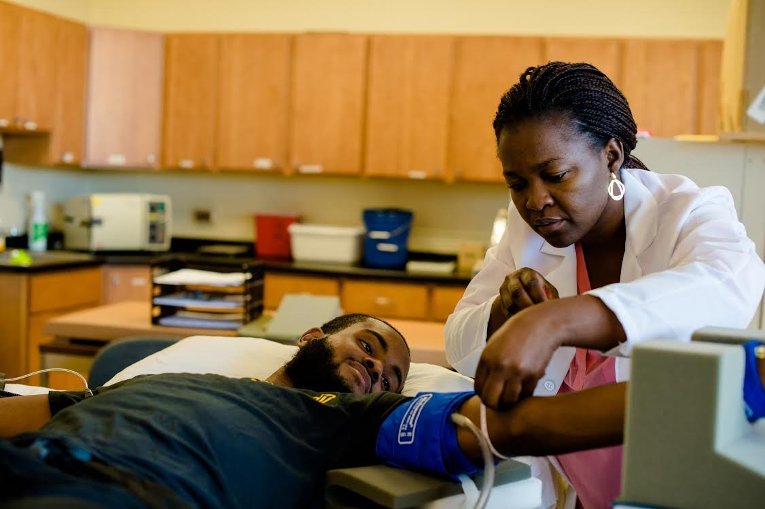
Q. How are we currently positioned? Are there any changes or transitions the University should undertake?
A. I'll start by stating what we do NOT need—we do not need a medical school to be a player in health science and engineering. Instead, we need to have strong collaborations with such institutions, but do something distinct and different from them. For example, we have active collaborations with faculty at the University of Chicago Medical School, Mayo Clinic and the University of Michigan Medical School. Our strength is the ability to interface with those medical schools, yet have a more flexible scientific ecosystem that allows us to be creative and interdisciplinary. So to me, the biggest need is to embrace who we are at every level, from faculty to our Board of Trustees. We need to strategically invest in niche areas in health research and education where we can be successful. We offer a unique environment here at Michigan Tech, and if we can improve our facilities and rally around a shared mission, we are positioned to go from good to great.
Michigan Technological University is an R1 public research university founded in 1885 in Houghton, and is home to nearly 7,500 students from more than 60 countries around the world. Consistently ranked among the best universities in the country for return on investment, Michigan's flagship technological university offers more than 185 undergraduate and graduate degree programs in science and technology, engineering, computing, forestry, business, health professions, humanities, mathematics, social sciences, and the arts. The rural campus is situated just miles from Lake Superior in Michigan's Upper Peninsula, offering year-round opportunities for outdoor adventure.
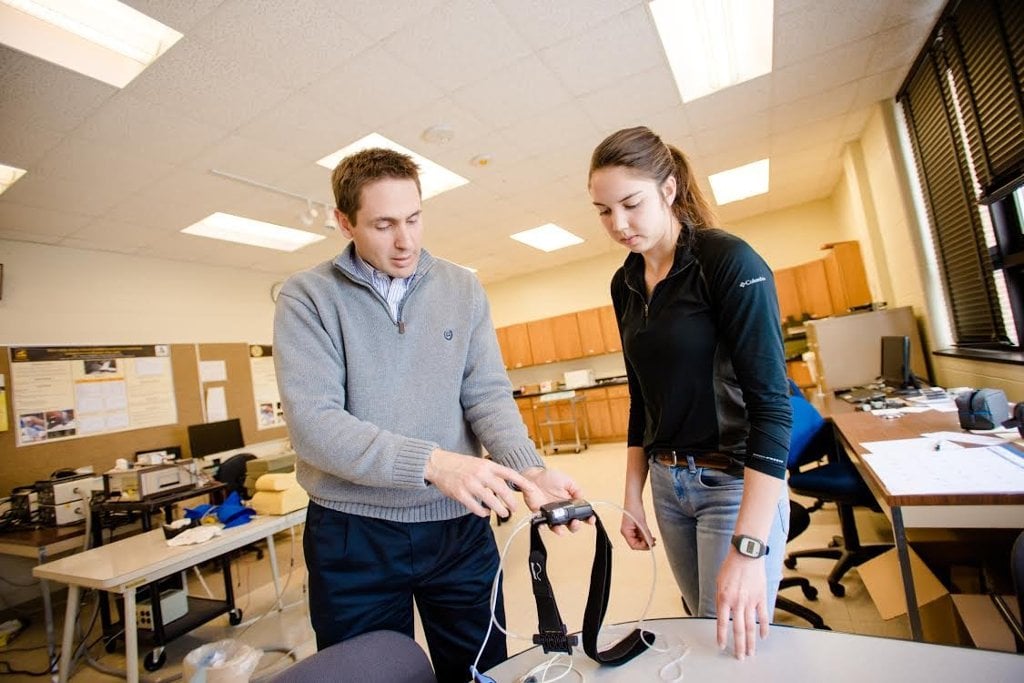

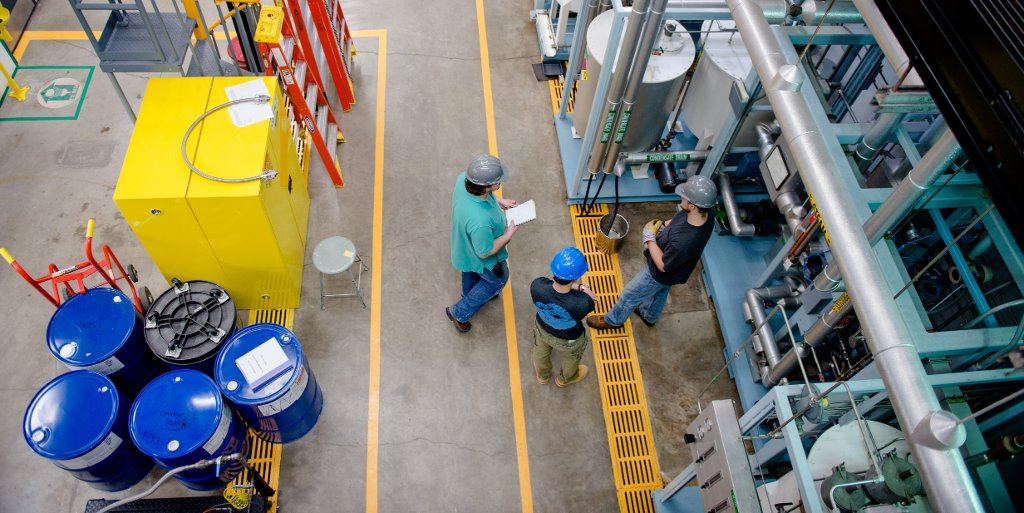
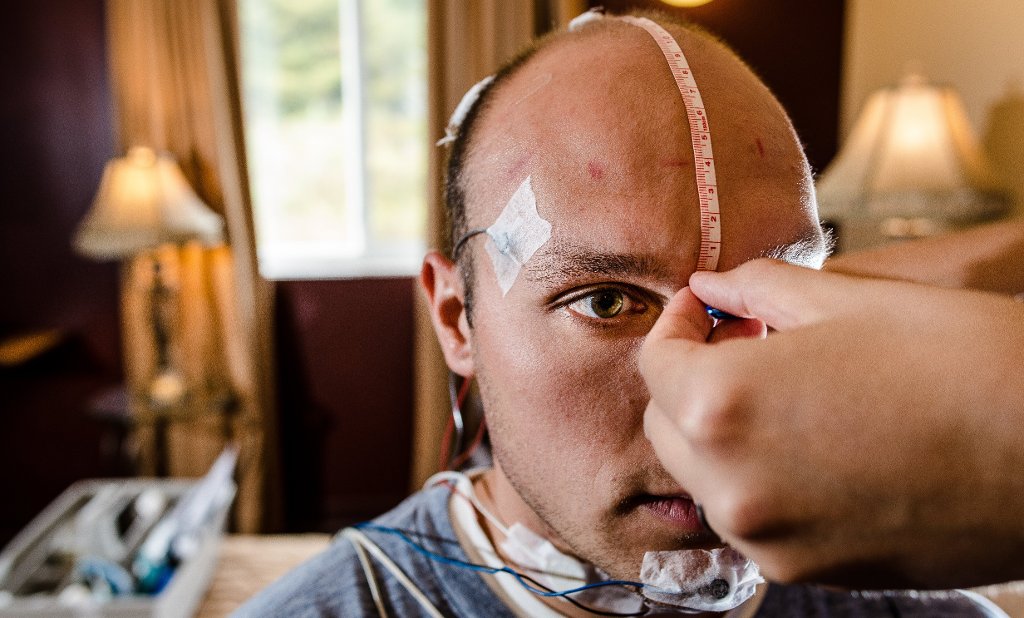

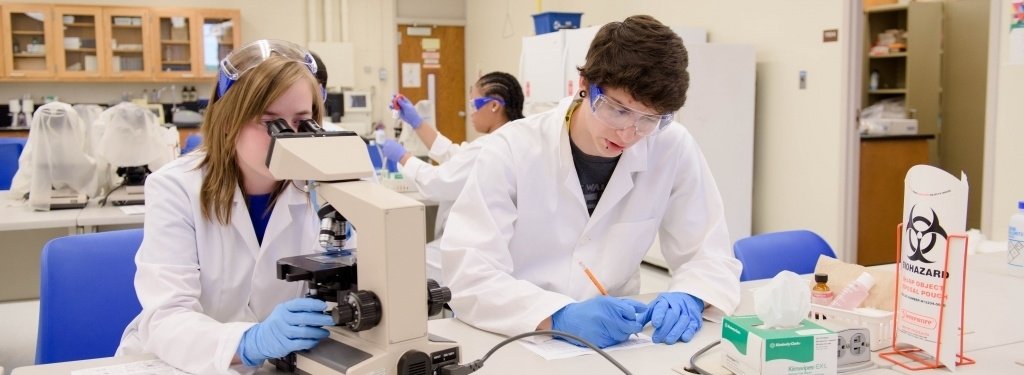
Comments